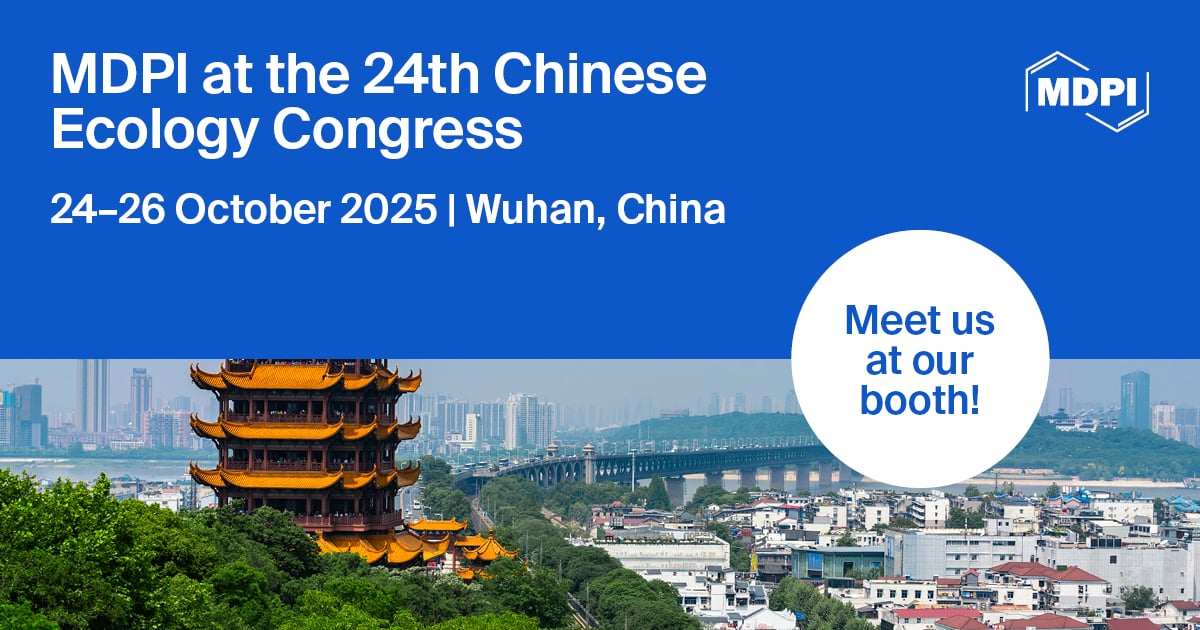-
 Molecular and Morphological Analyses for Delimiting Species Boundaries: The Case of Sclerodermus cereicollis Kieffer, 1904 (Hymenoptera: Bethylidae)
Molecular and Morphological Analyses for Delimiting Species Boundaries: The Case of Sclerodermus cereicollis Kieffer, 1904 (Hymenoptera: Bethylidae) -
 Sea Slugs (Mollusca, Gastropoda, Heterobranchia) from the Medes Islands (Costa Brava, NE Spain): Biodiversity and Ecological Study over a Decade
Sea Slugs (Mollusca, Gastropoda, Heterobranchia) from the Medes Islands (Costa Brava, NE Spain): Biodiversity and Ecological Study over a Decade -
 Habitat and Conservation Assessment of Annual Killifishes of the Genus Xenurolebias (Rivulidae: Cynolebiinae) from Coastal Floodplains, Including the First Record South of the Rio Doce, Southeastern Brazil
Habitat and Conservation Assessment of Annual Killifishes of the Genus Xenurolebias (Rivulidae: Cynolebiinae) from Coastal Floodplains, Including the First Record South of the Rio Doce, Southeastern Brazil -
 New Insights in the Helicellini Ihering, 1909 with Description of Kherattolactea gen. nov. and the First Record of Orexana Chueca, Gómez-Moliner, Madeira & Pfenninger, 2018 from Algeria
New Insights in the Helicellini Ihering, 1909 with Description of Kherattolactea gen. nov. and the First Record of Orexana Chueca, Gómez-Moliner, Madeira & Pfenninger, 2018 from Algeria -
 Updated List of Oklahoma Tiger Beetles (Coleoptera: Cicindelidae) with Notes on Their Distribution and Conservation Status
Updated List of Oklahoma Tiger Beetles (Coleoptera: Cicindelidae) with Notes on Their Distribution and Conservation Status
Journal Description
Diversity
- Open Access— free for readers, with article processing charges (APC) paid by authors or their institutions.
- High Visibility: indexed within Scopus, SCIE (Web of Science), PubAg, GEOBASE, CAPlus / SciFinder, and other databases.
- Journal Rank: JCR - Q2 (Biodiversity Conservation) / CiteScore - Q1 (Agricultural and Biological Sciences (miscellaneous))
- Rapid Publication: manuscripts are peer-reviewed and a first decision is provided to authors approximately 17.1 days after submission; acceptance to publication is undertaken in 2.9 days (median values for papers published in this journal in the first half of 2025).
- Recognition of Reviewers: reviewers who provide timely, thorough peer-review reports receive vouchers entitling them to a discount on the APC of their next publication in any MDPI journal, in appreciation of the work done.
- Diversity is a companion journal of Fossil Studies.
- Journal Cluster of Ecosystem and Resource Management: Forests, Diversity, Fire, Conservation, Ecologies, Biosphere and Wild.
Latest Articles
E-Mail Alert
News
Topics
Deadline: 30 November 2025
Deadline: 15 December 2025
Deadline: 31 December 2025
Deadline: 31 January 2026
Conferences
Special Issues
Deadline: 20 October 2025
Deadline: 31 October 2025
Deadline: 31 October 2025
Deadline: 31 October 2025
































